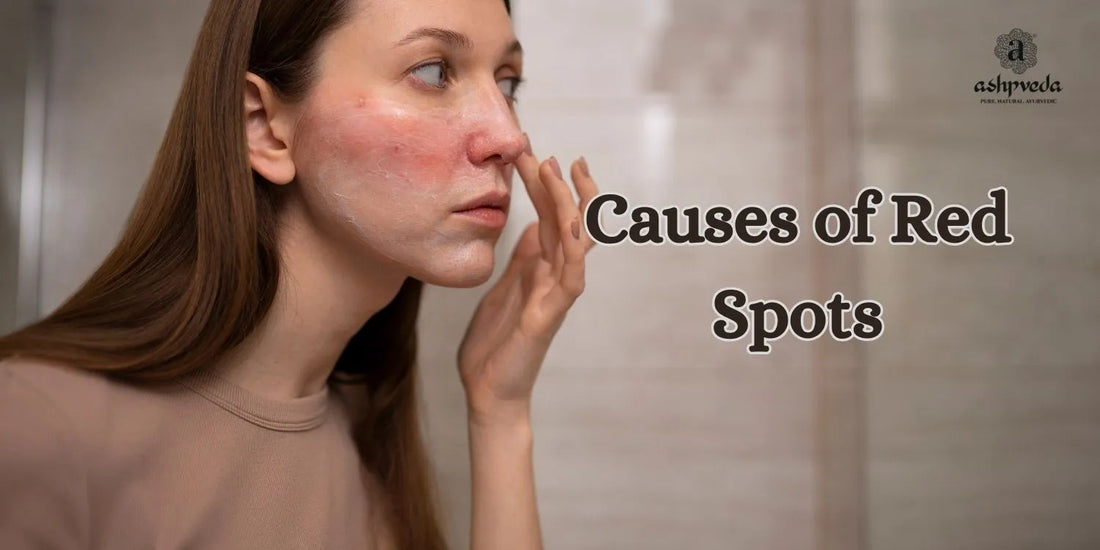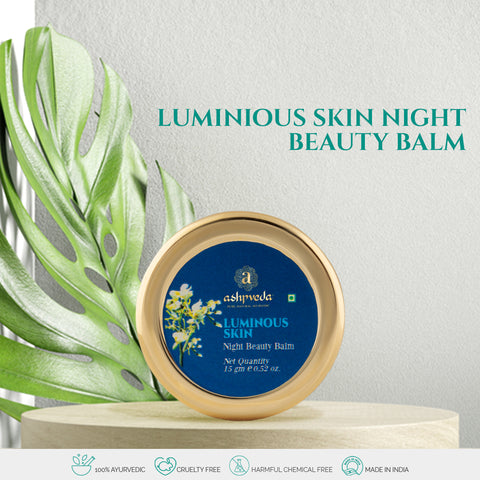
Red spots on the skin can be alarming, often causing concern about underlying health issues. These spots can range from small, barely noticeable dots to larger patches, which may be accompanied by itching, pain, or other discomfort. Understanding the potential causes of these red spots is crucial for proper diagnosis and treatment.
Introduction
Red spots on the skin, medically known as erythema, can appear for various reasons. These spots are often a visible sign of an underlying issue affecting the skin. While some causes are harmless and resolve on their own, others may require medical attention. Identifying the root cause is essential for effective management and prevention of further complications.
Top 9 Causes of Red Spots On The Skin
1. Allergies
Allergies play a significant role in triggering red spots on the skin. Exposure to certain allergens can result in allergic reactions, leading to the development of red, itchy patches. Identifying and avoiding common allergens is key to managing this condition effectively.
-
Common Allergens
Certain substances are known to trigger allergic reactions in susceptible individuals. These include pollen, pet dander, certain foods (such as nuts, shellfish, and dairy products), insect stings, and certain medications. Avoiding exposure to these allergens can help prevent the onset of red spots on the skin.
2. Infections
Infections, whether bacterial, viral, or fungal, can cause red spots to appear on the skin. These infections may arise due to poor hygiene, compromised immune function, or exposure to infectious agents.
-
Bacterial Infections
Bacterial infections such as cellulitis and impetigo can manifest as red spots on the skin. These infections often result from breaks in the skin barrier, allowing bacteria to enter and multiply, leading to inflammation and redness.
-
Viral Infections
Viruses such as herpes simplex virus (HSV) and varicella-zoster virus (VZV) can cause red spots and blisters on the skin. These infections are highly contagious and can spread through direct contact with infected individuals or contaminated surfaces.
-
Fungal Infections
Fungal infections like ringworm and candidiasis can also present with red spots on the skin. These infections thrive in warm, moist environments and can affect various parts of the body, including the skin, nails, and scalp.
3. Inflammatory Skin Conditions
Inflammatory skin conditions such as eczema and psoriasis can lead to the development of red, inflamed patches on the skin. These conditions are characterized by abnormal immune responses and can vary in severity from mild to severe.
-
Eczema
Eczema, also known as atopic dermatitis, is a chronic inflammatory skin condition characterized by dry, itchy skin and red, inflamed patches. Triggers for eczema flare-ups include allergens, stress, and environmental factors.
-
Psoriasis
Psoriasis is a chronic autoimmune condition that causes the rapid buildup of skin cells, resulting in red, scaly patches. This condition can be triggered by factors such as stress, infections, and certain medications.
Read Also: Best Sunscreen For Oily Skin
4. Acne
Acne is a common skin condition characterized by the formation of red pimples, blackheads, and whiteheads. Hormonal changes, excess oil production, and bacteria contribute to the development of acne lesions.
-
Types of Acne
Acne can manifest in various forms, including whiteheads, blackheads, papules, pustules, nodules, and cysts. Each type of acne lesion has its own characteristics and treatment approach.
5. Skin Injuries
Skin injuries such as scrapes and cuts can result in red spots on the skin as part of the healing process. These spots may appear red initially but gradually fade as the skin heals.
6. Insect Bites
Insect bites, including those from mosquitoes and spiders, can cause redness, swelling, and itching at the site of the bite. Some individuals may experience allergic reactions to insect venom, leading to more pronounced red spots.
-
Mosquito Bites
Mosquito bites are a common cause of red spots on the skin, particularly during the warmer months. The saliva injected by mosquitoes can trigger an immune response, resulting in redness and itching.
-
Spider Bites
Spider bites can cause localized redness and swelling, accompanied by pain and inflammation. While most spider bites are harmless, some species can deliver venomous bites that may require medical attention.
Read Also: Remedies For White Patches
7. Medications
Certain medications can cause adverse skin reactions, including the development of red spots. These reactions may be allergic or non-allergic in nature and can vary in severity.
-
Prescription Medications
Some prescription medications, such as antibiotics, anticonvulsants, and nonsteroidal anti-inflammatory drugs (NSAIDs), can cause red spots as a side effect. It is essential to consult a healthcare professional if you experience any adverse reactions to medications.
-
Over-the-Counter Drugs
Over-the-counter medications, including pain relievers, cough syrups, and topical treatments, can also trigger skin reactions in some individuals. Reading the labels carefully and following dosage instructions can help minimize the risk of adverse effects.
8. Hormonal Changes
Hormonal changes, such as those occurring during puberty, menstruation, pregnancy, and menopause, can influence the appearance of the skin. Fluctuations in hormone levels can lead to increased oil production, inflammation, and the development of red spots.
9. Environmental Factors
Environmental factors such as sun exposure, harsh weather conditions, and pollution can impact skin health and contribute to the formation of red spots.
-
Sun Exposure
Excessive sun exposure can damage the skin and cause redness, sunburn, and skin discoloration. Using sunscreen, wearing protective clothing, and seeking shade can help protect the skin from harmful UV rays.
-
Harsh Weather Conditions
Cold, windy weather can strip the skin of its natural oils, leading to dryness, redness, and irritation. Moisturizing regularly and using a humidifier indoors can help maintain skin hydration and prevent red spots.
-
Pollution
Exposure to environmental pollutants such as smoke, smog, and airborne particles can irritate the skin and exacerbate existing skin conditions. Cleansing the skin thoroughly and using antioxidant-rich skincare products can help protect against environmental damage.
10. Cancer
In some cases, red spots on the skin may be indicative of underlying skin cancer. Skin cancer can present as red, pink, or pearly bumps that do not resolve over time.
-
Types of Skin Cancer
Skin cancer can manifest in various forms, including basal cell carcinoma, squamous cell carcinoma, and melanoma. Early detection and treatment are essential for managing skin cancer effectively.
-
Symptoms
Symptoms of skin cancer may include changes in the size, shape, or color of existing moles or the development of new growths. Other signs to watch for include itching, bleeding, and ulceration of skin lesions.
Read Also: Best Anti Ageing Creams
Conclusion
Red spots on the skin can arise from various causes, ranging from allergic reactions and infections to hormonal changes and skin cancer. While some causes may resolve on their own or with home remedies, others require medical intervention. It's essential to consult a dermatologist for proper diagnosis and treatment to maintain overall skin health.
FAQs (Frequently Asked Questions)
1. Are all red spots on the skin a cause for concern?
While many red spots are harmless and may resolve on their own, it's essential to monitor them for any changes or accompanying symptoms that may indicate a more serious condition.
2. How can I prevent red spots on my skin?
Practising good skincare habits, avoiding known allergens or irritants, wearing protective clothing in the sun, and seeking prompt treatment for infections can help prevent red spots on the skin.
3. When should I see a doctor about red spots on my skin?
If red spots persist, worsen, or are accompanied by other symptoms such as fever, pain, or swelling, it's advisable to consult a healthcare professional for evaluation and treatment.
4. Can stress cause red spots on the skin?
Stress can exacerbate certain skin conditions like acne or eczema, leading to the development of red spots. Practising stress-reduction techniques may help improve skin health.
5. Are there any natural remedies for red spots on the skin?
Some natural remedies like aloe vera, tea tree oil, or oatmeal baths may help soothe redness and inflammation, but it's essential to consult a dermatologist before trying any home remedies to ensure safety and efficacy.








